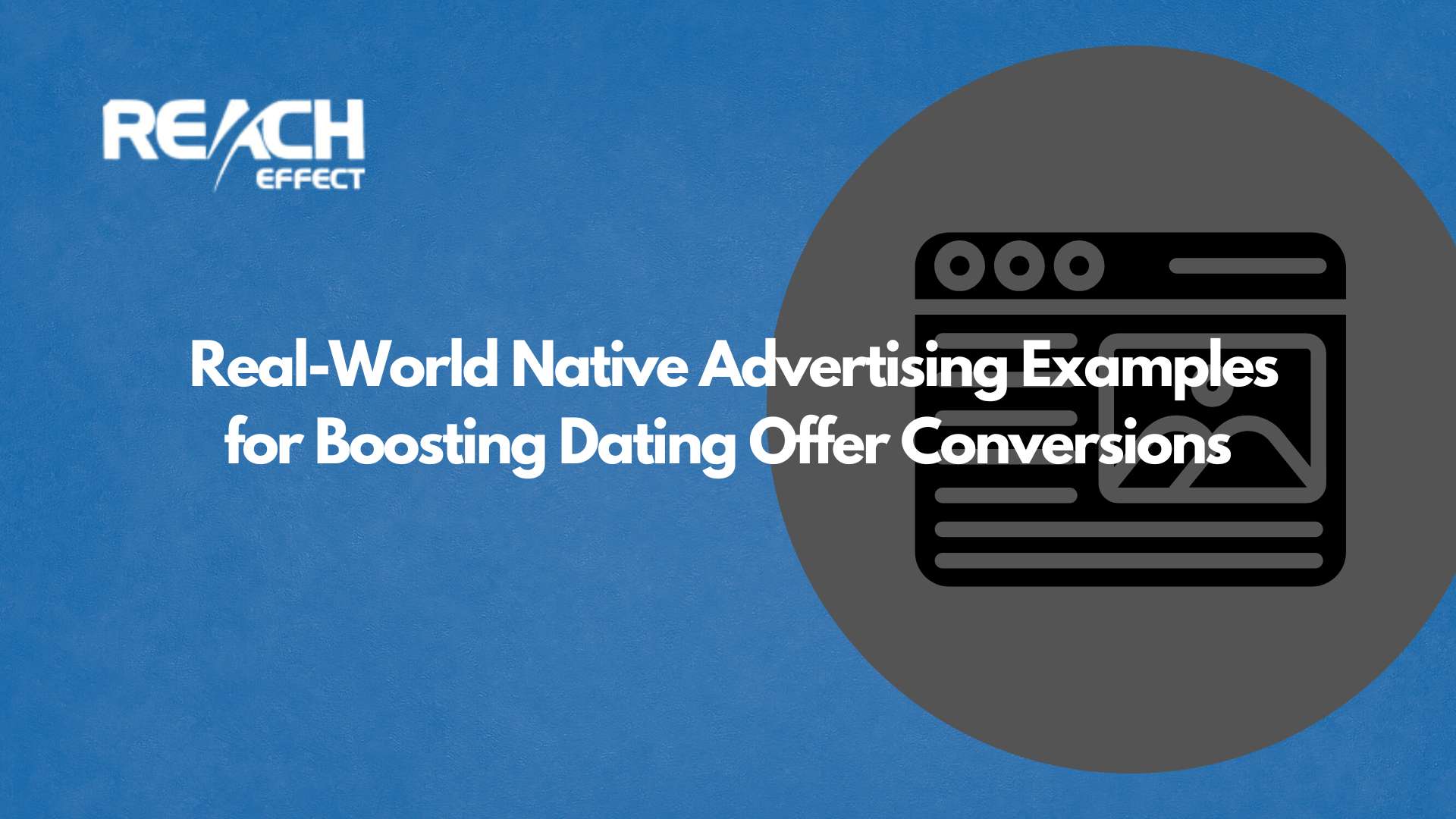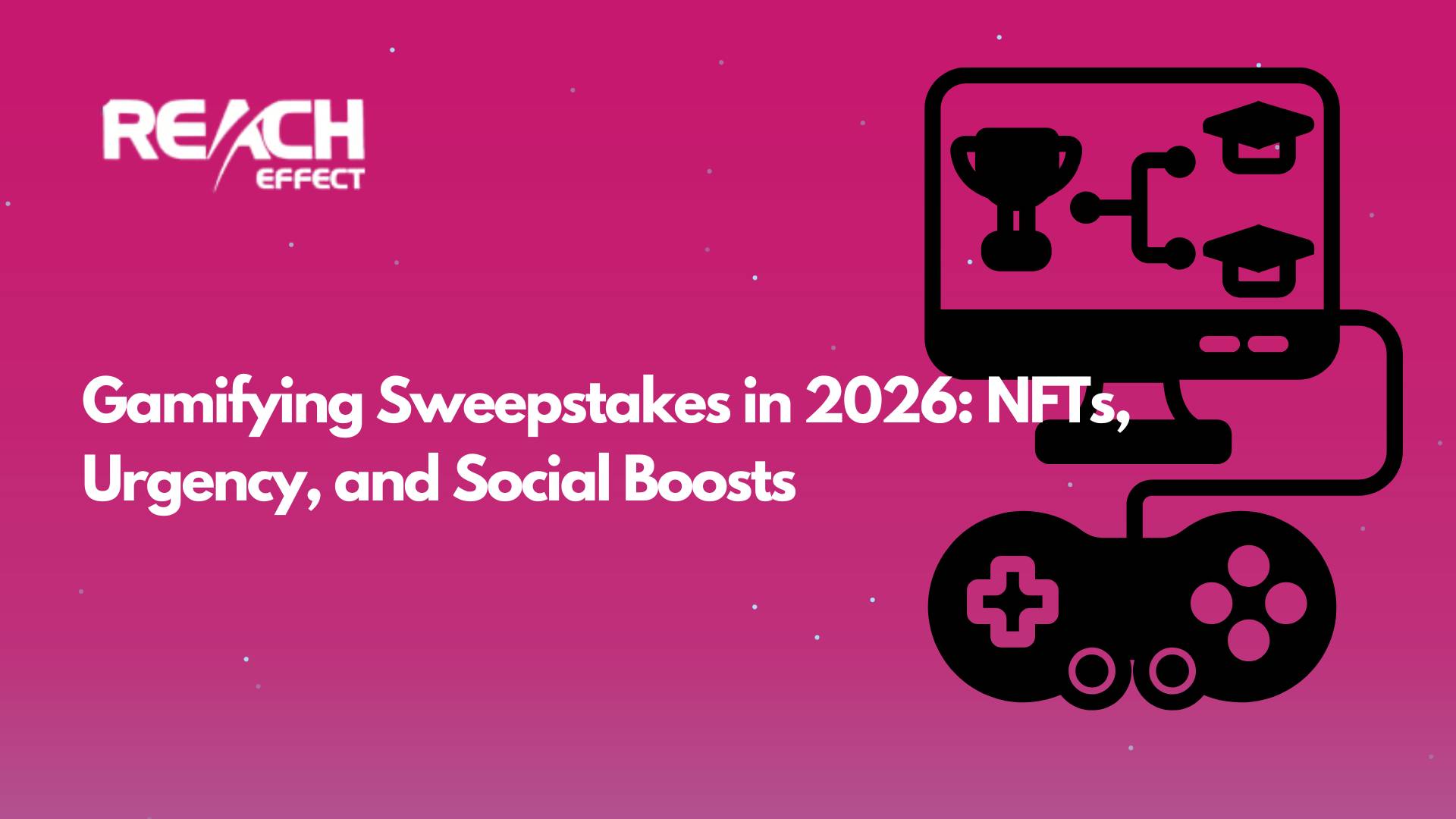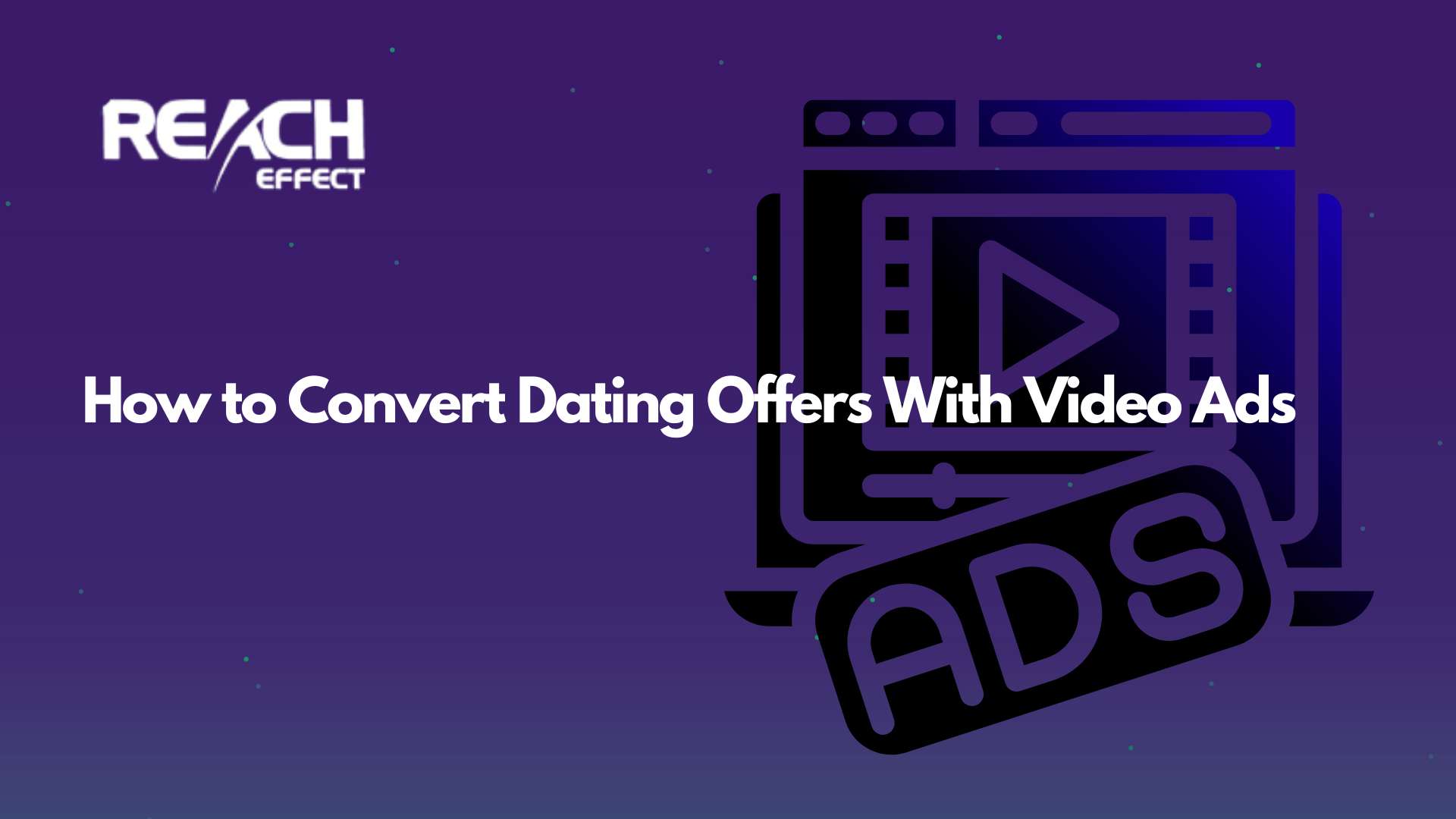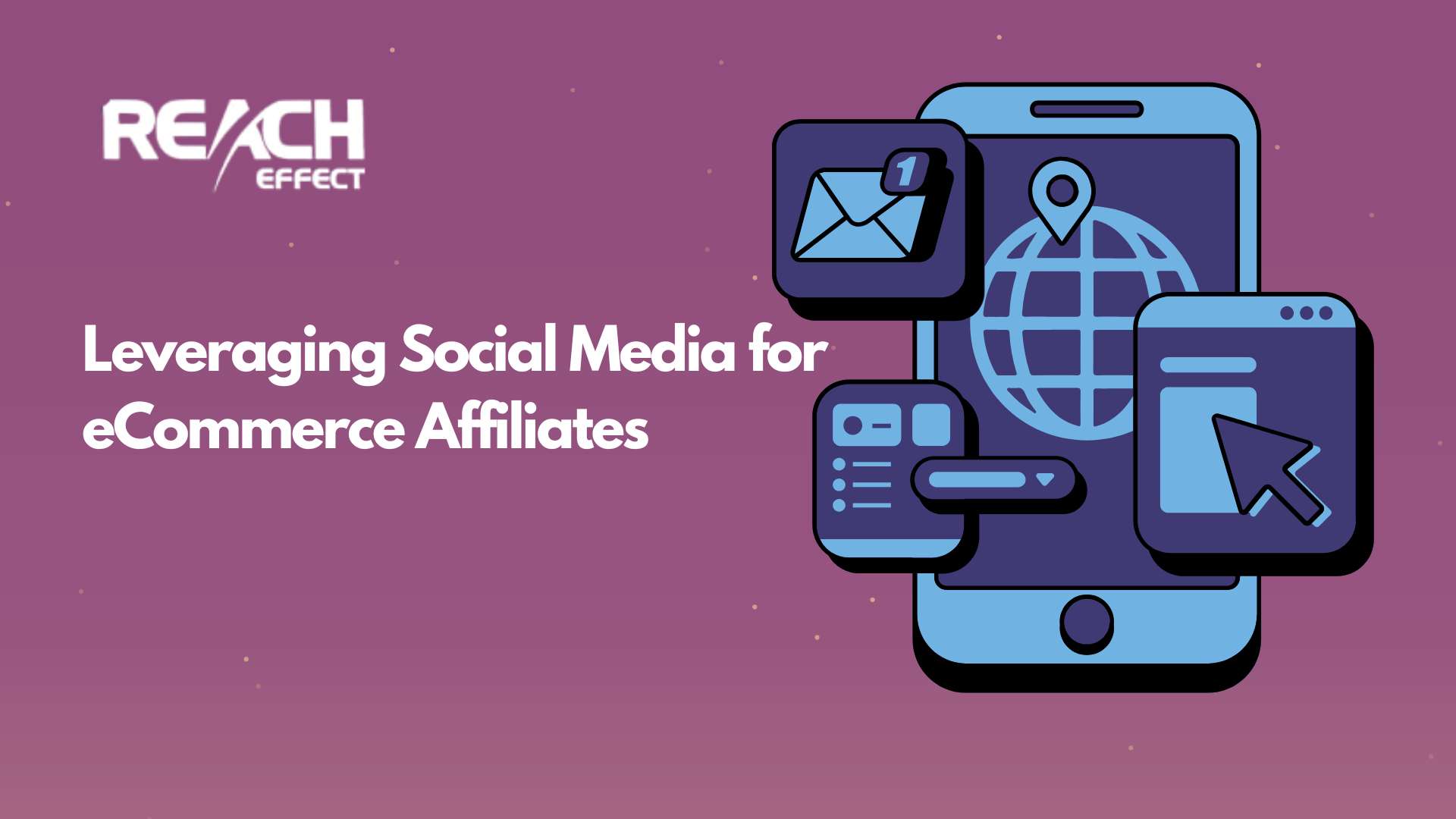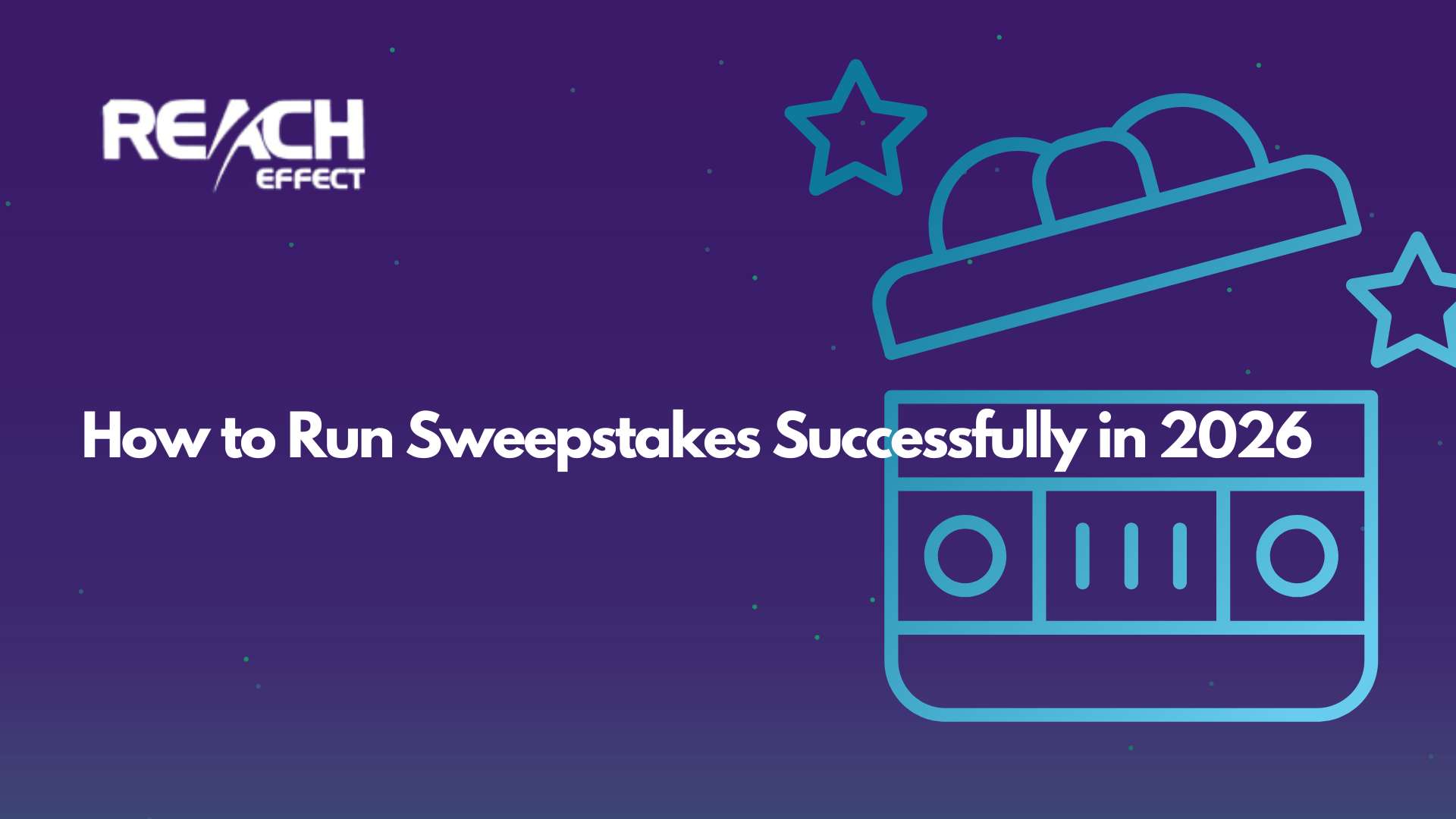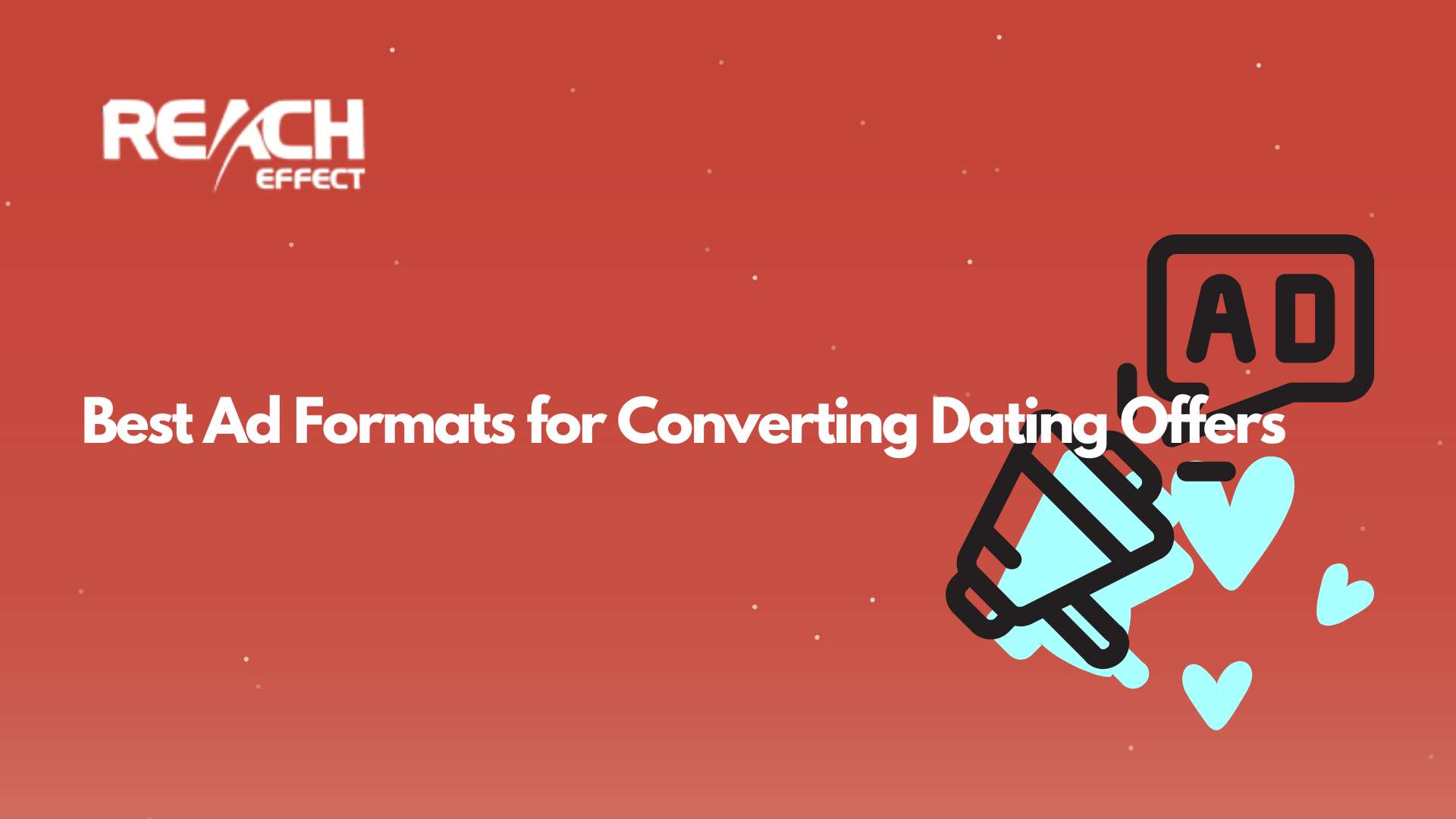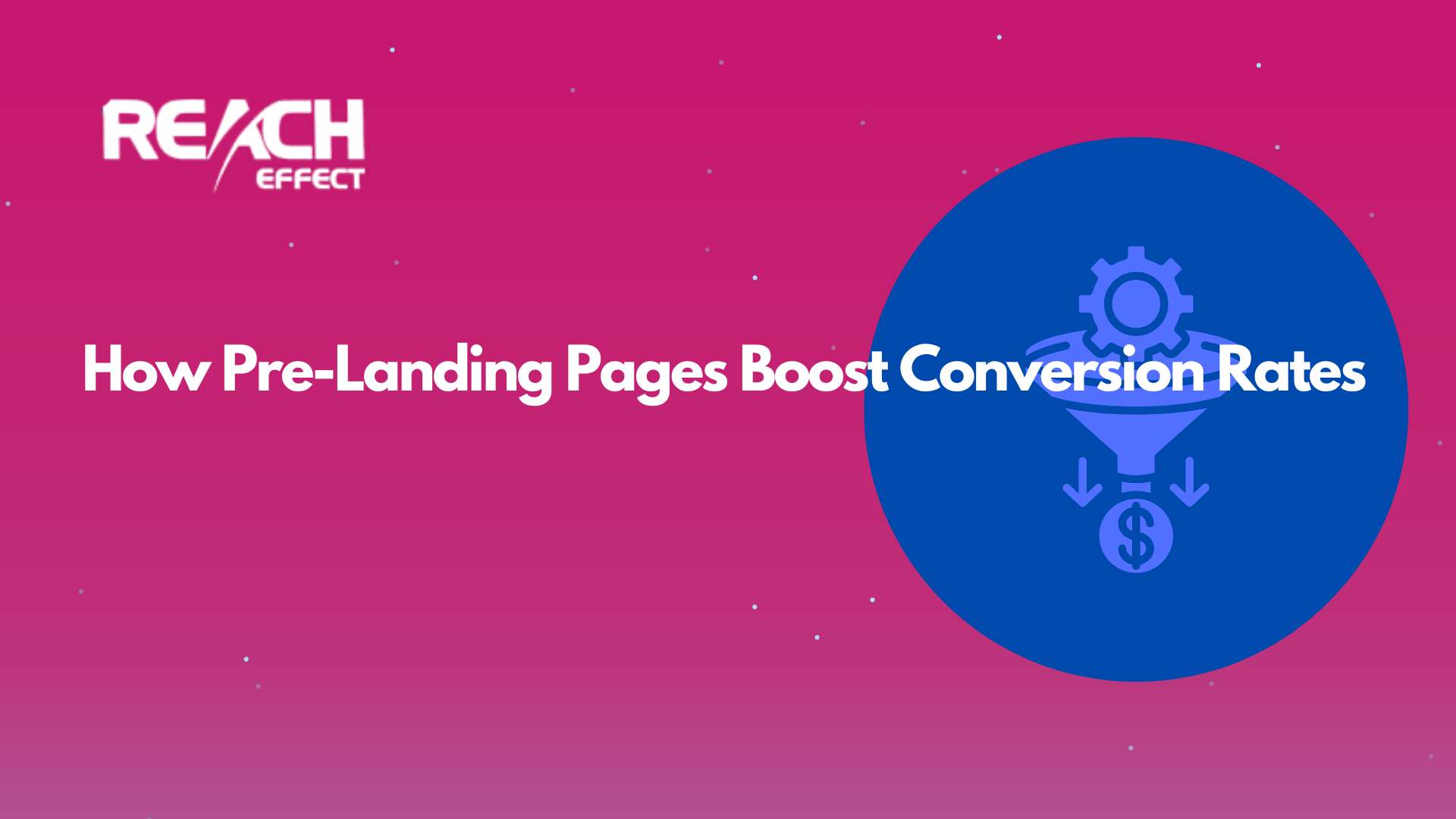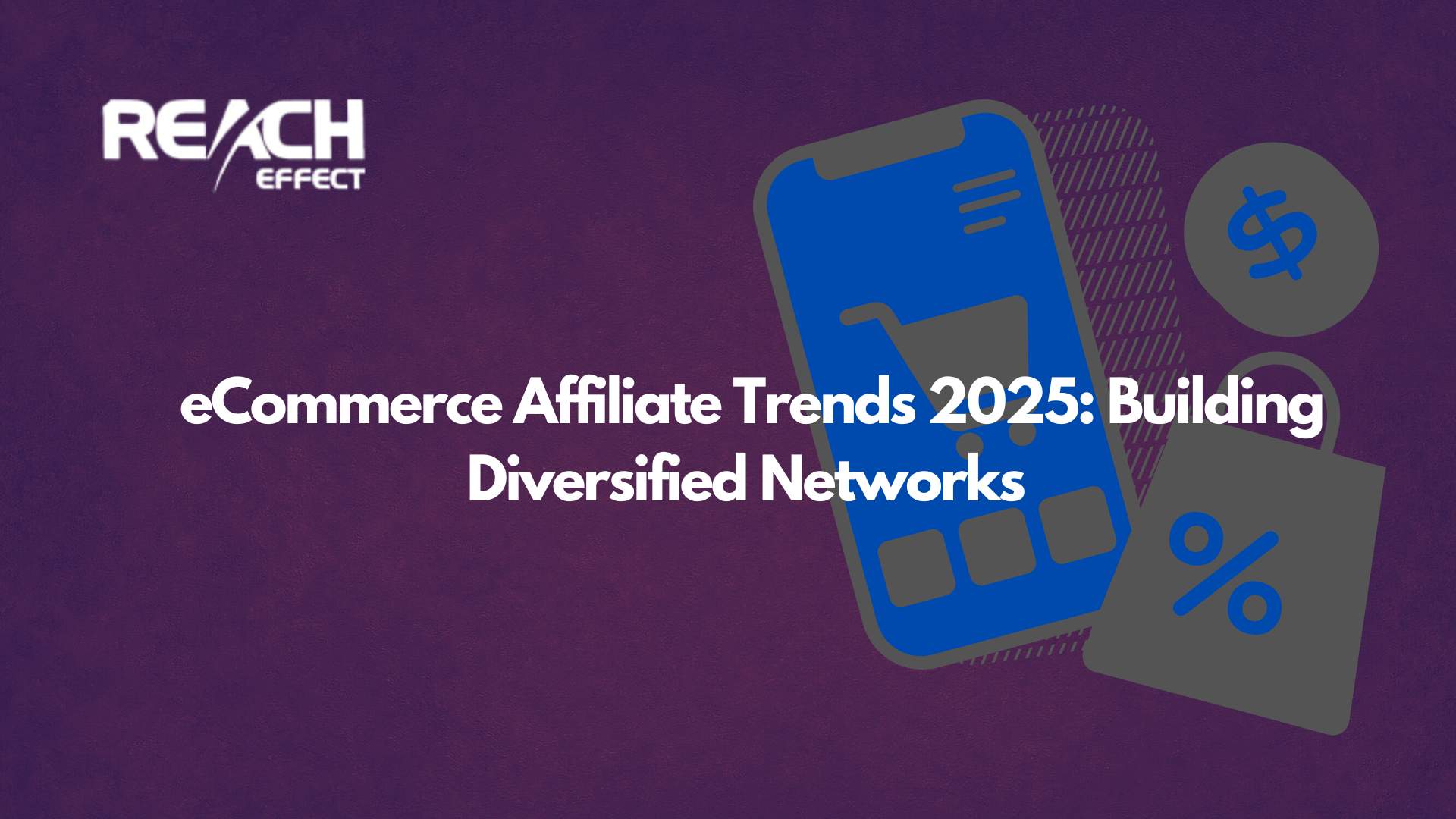I’ve been running dating offers for the past few years, and I can tell you that native advertising has completely changed how I approach this vertical. When I first started, I was burning through budgets on banner ads that felt intrusive and got blocked left and right. Then I discovered native ads, and everything shifted.
Thank you for reading this post, don't forget to subscribe!Native advertising seamlessly blends with platform content, creating a non-disruptive experience for users. This matters especially in dating because you’re dealing with people’s emotions and personal choices. Nobody wants to feel sold to when they’re looking for connection.
Let me share some real examples that have worked for me and other affiliates, along with the strategies behind why they convert.
Why Native Ads Work Better for Dating Offers
The dating vertical is unique because it thrives on impulse decisions and emotional connections. Traditional display ads interrupt the user experience, while native ads feel like a natural extension of the content someone’s already consuming.
Dating apps have over 57 million users in the U.S., with platforms like Tinder boasting 7.8 million users alone. That’s a massive audience, but reaching them effectively requires ads that don’t feel like ads. Native advertising achieves this by matching the look, feel, and function of the media format in which it appears.
When I switched from banner ads to native ads for my dating campaigns, I saw my conversion rates jump from around 1.5% to over 4%. The secret wasn’t just the format. It was understanding how to make the ad feel like it belonged exactly where it appeared.
Real-World Example: Match.com and Strategic Content Placement
Match.com spent $11.5 million on Yahoo Gemini, focusing heavily on topic homepages like finance, style, automobile, and sports sections. This wasn’t random. They identified where their target demographic naturally spends time online.
What makes this example brilliant is the secondary publisher choice. Match.com’s second biggest publisher was Classmates.com, a database site that helps users find long-lost high school friends. Think about the psychology here. Someone browsing Classmates.com is already in a nostalgic mindset, thinking about old connections and past relationships. A dating ad in that context feels natural, even welcome.
Key Takeaway: Place your native ads where the user’s mindset already aligns with what you’re offering. Don’t just target demographics. Target emotional states and contexts.
The Power of Localization in Native Dating Ads
The Power of Localization
in Native Dating Ads
Hyper-local targeting is the #1 pattern in successful campaigns
How Dynamic Location Macros Work
- Most native ad platforms support dynamic insertion
- Use location macros in both headlines AND descriptions
- Test city names vs neighborhood names for your audience
- Personalization creates immediate relevance that generic copy can’t match
One pattern I’ve noticed across successful campaigns is hyper-local targeting. Match.com uses native ads that target particular localities, showing text like “Ashburn” instead of generic phrases like “your area.”
I tested this myself. My first campaigns used generic copy like “Singles Near You.” Conversion rate: 2.1%. Then I implemented city-specific targeting with copy like “Manchester Singles Looking to Meet.” Same offer, same landing page, just personalized location. Conversion rate jumped to 3.8%.
Using macros like [CITY] in your headlines allows the system to automatically add the user’s city name, creating personalized push notifications. This works across native ad formats too. When someone sees “Are you from London? Let’s meet each other!” it creates an immediate sense of relevance that generic copy can’t match.
Implementation Tip: Most native ad platforms support dynamic insertion. Use location macros in your headlines and descriptions. Test city names versus neighborhood names to see which resonates better with your audience.
Advertise With The Reacheffect Ad Network
Get TrafficCreative Selection: What Actually Converts
I’ve tested hundreds of creative variations, and the data is clear: authenticity beats perfection every time in dating offers.
One affiliate found that lightly erotic pictures converted better than either aggressive nude photos or completely conservative images for mature dating offers. This isn’t just about dating preferences. It’s about believability. Fashion model photos scream “advertisement.” Amateur selfie-style photos whisper “real person.”
For a campaign I ran targeting Germany, I followed advice about mature dating and used real-life pictures of women aged 40+. The campaign maintained profitability for three months before creative fatigue set in. Compare that to my earlier campaigns with stock photos that burned out within two weeks.
Creative Strategy Based on Offer Type:
Mainstream Dating (SOI offers): Use natural-looking photos that could be someone’s actual dating profile. Smile, casual clothes, relatable settings. Headlines like “Just Moved to [City], Looking to Meet New People.”
Mature/Niche Dating: Creatives with older women work particularly well in European markets. Age-appropriate imagery with aspirational but realistic appeal. Headlines focused on companionship or specific interests.
Casual/Adult Dating: Suggestive without being explicit. Remember that many ad networks have content policies. Push the boundaries of your platform’s guidelines without crossing them.
The Pre-Landing Page Strategy That Changed Everything
The Pre-Landing Page Strategy
That Changed Everything
Stop sending traffic directly to offers
3 Tested Pre-Lander Approaches
When I started running dating offers, I sent traffic directly to the dating site’s landing page. My conversion rate was terrible, hovering around 0.8%. Then I discovered pre-landing pages, and everything changed.
Pre-landers in dating campaigns warm up potential leads and boost engagement, and they can help filter traffic to improve lead quality. But not all pre-landers work equally. The ones that convert best tell a story or provide value before asking for anything.
Here are three pre-landing page approaches I’ve tested extensively:
The Survey Funnel This is my highest-converting approach for mainstream dating. The pre-lander asks 3-5 simple questions about preferences: age range interested in, relationship goals, location. Quiz funnels are particularly effective for mobile-first landing pages. Users who complete the questions feel invested and are more likely to register.
Conversion lift from direct linking: +127%
The Success Story Format Feature a testimonial or success story that matches your target demographic. For a mature dating campaign, I used a story about a 50-year-old who found companionship after divorce. The story was brief (about 200 words) and ended with “Want to write your own success story? Join thousands of singles in [City].”
Conversion lift: +89%
The “See Who’s Nearby” Approach Show profiles (properly licensed stock photos or designed mockups) of singles in the user’s area. This taps into curiosity and FOMO. The key is making it interactive. Users click on profiles to “learn more,” which takes them to the registration page.
Conversion lift: +156%
Critical Note: Pre-landers should be lightweight, responsive, and interactive for best results. I learned this the hard way when a beautifully designed pre-lander with video backgrounds killed my mobile conversions because of slow load times.
Platform-Specific Native Ad Examples
Different platforms require different approaches. Here’s what’s working right now based on my testing and industry case studies.
Content Discovery Networks (Taboola, Outbrain, MGID)
These platforms excel at article-style native ads. Dating services using MGID’s targeted native ads often see conversion rates increase to 4% or higher.
Your ad creative should look like an article thumbnail. Headlines that work: “The Surprising Reason 50+ Singles Are Switching to This App,” “Dating After Divorce: What Nobody Tells You,” “Why [City] Singles Are Deleting Other Dating Apps.”
The landing experience matters enormously here. Users expect content, so your pre-lander should deliver it. I run these ads to educational content about dating trends or relationship advice, then transition to the offer naturally within the content.
Social Media Native Ads
Tinder’s partnership with Domino’s Pizza created the “Swipe Right to Pizza” campaign, allowing users to swipe on a Domino’s profile for a chance to win free pizza. While that’s a brand partnership rather than an affiliate offer, the principle applies: blend into the platform’s native interaction patterns.
For dating offers on social platforms, your creatives should mimic organic posts. User-generated content style performs best. Think selfies, casual captions, authentic-feeling CTAs like “Anyone else in [City] tired of the dating app scene?”
Native In-Feed on Adult Sites
This is where aggressive creativity meets high conversion rates. Adult traffic responds well to direct messaging. Your native ads should blend with the site’s content style while standing out enough to be clicked.
I’ve found that ads mimicking user profile cards work exceptionally well. Image of an attractive person, age/location, and a message-style CTA like “Looking for something casual tonight?” Mobile native ads on adult sites can achieve CTRs of 0.25%, significantly higher than desktop’s 0.06%.
Optimization Strategies From Real Campaigns
Running successful native ads for dating offers isn’t just about launching campaigns. It’s about constant optimization. Here are strategies from actual profitable campaigns.
Geographic Testing and Scaling
Top Tier-1 markets for dating offers in 2025 include the US, Canada, UK, Germany, and France, showing consistently high payouts and strong demand. But Tier-1 also means higher competition and CPMs.
I always test 3-4 geos simultaneously. My approach: One Tier-1 country for proof of concept, two Tier-2 countries for volume and profitability, and one wild card geo based on seasonal trends or special promotions.
For example, I recently tested Poland alongside my usual UK campaign. The UK campaign had a $4.50 SOI payout but a $0.015 CPM. Poland offered $2.80 SOI with a $0.004 CPM. The Polish campaign ended up being 40% more profitable despite the lower payout.
Creative Rotation and Fatigue Management
Creative fatigue kills dating campaigns faster than any other vertical. People see dating ads everywhere, so repetition breeds blindness.
My rotation strategy: Launch with 6-8 creative variations. After 48 hours, pause the bottom 50%. After one week, introduce 3-4 new creatives. By week three, only 1-2 original creatives typically remain active.
When optimizing dating campaigns, keep creatives that generate registrations even if they have low click-through rates, since generating registrations is most important. I learned this lesson when I paused a creative with 0.09% CTR because it seemed weak, only to realize it was generating 40% of my conversions at the lowest CPA.
Source Optimization Through Whitelisting
Setting up auto-optimization rules to blacklist underperforming ad spots and whitelist the best sources has been a successful strategy for dating campaigns. I use a 3-day rule: any source that spends 3x my target CPA without a conversion gets blacklisted. Sources that convert at less than 70% of my target CPA get whitelisted with increased bids.
After two weeks of this optimization, I typically have 15-25 whitelisted sources that drive 80% of my conversions. Then I duplicate the campaign, target only these sources with higher bids, and dramatically improve my ROI.
The Role of Ad Networks in Dating Success
Choosing the right traffic source makes all the difference. I’ve tested dozens of networks, and the ones that work best offer dating-specific targeting, quality traffic filtering, and flexible creative policies.
Platforms like Reacheffect provide access to high-quality native traffic with robust targeting options that matter for dating.
What I appreciate most about working with specialized ad networks is the anti-fraud systems. Dating offers are fraud magnets, and platforms with sophisticated filtering save you from wasting budget on fake registrations that never convert to revenue share or upgrades.
Advertise With The Reacheffect Ad Network
Get TrafficMoving Forward With Native Advertising
The dating vertical will always be competitive, but native advertising provides an advantage that banner blindness and ad blockers can’t touch. By creating ads that blend naturally with content, targeting emotional contexts rather than just demographics, and constantly testing and optimizing, you can build profitable campaigns that scale.
Start with one geo, one offer type, and a handful of creative variations. Test pre-landing pages against direct linking. Implement the localization and optimization strategies I’ve shared. Most importantly, track everything and let data guide your decisions.
Native advertising for dating offers isn’t about tricks or hacks. It’s about understanding human psychology, respecting user experience, and presenting offers in contexts where they feel natural and welcome. Master those principles, and you’ll build campaigns that convert consistently regardless of market changes.

